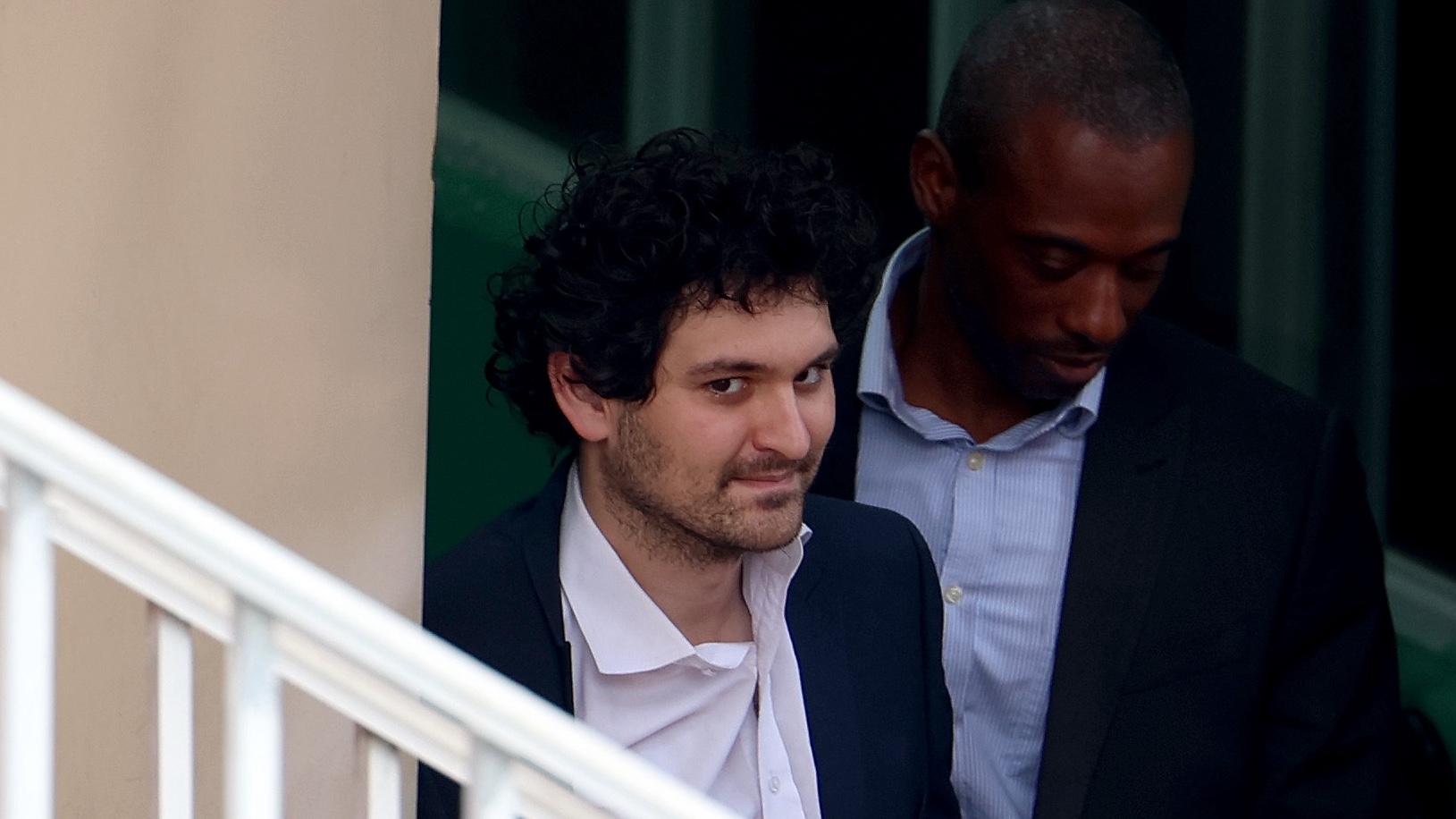In a stunning climax to a trial rife with drama and intrigue, U.S. prosecutors have unleashed a fierce offensive against Sam Bankman-Fried (SBF), accusing him of masterminding a colossal “pyramid of deceit.”
The stage was set in a New York courtroom, where the gravity of the allegations against the 31-year-old crypto mogul could be felt pulsating through the air.
Assistant U.S. Attorney Nick Roos did not mince words as he pointed directly at SBF, indicting him as the puppeteer behind a grand scheme to pilfer billions from unsuspecting FTX exchange customers.
He painted a picture of SBF as a man who used depositors’ funds as his personal piggy bank, making precarious bets, settling debts, and acquiring lavish real estate properties.
He portrayed SBF’s actions as a blatant betrayal of trust, accusing him of squandering customer money and perpetrating falsehoods about it.
The Disguised Empire
The prosecution’s narrative revealed the underbelly of SBF’s crypto empire, laying bare the operational chaos of FTX, which imploded last November, revealing an $8 billion chasm in its financials.
Despite a plea of innocence, he faces an array of charges including fraud and money laundering, with potential decades-long imprisonment hanging over his head.
The jury was exposed to a series of damning testimonies from former executives at FTX and its sister company Alameda Research, including Caroline Ellison, Gary Wang, and Nishad Singh.
They turned the tables on SBF, alleging that he was the mastermind instructing them to covertly siphon up to $65 billion of FTX customer funds.
SBF, in his defense, claimed ignorance, stating he discovered the misappropriation just a month before FTX’s downfall.
He argued that the complex trading strategies employed made it impossible for any single individual to have comprehensive oversight of FTX and Alameda’s risk management.
Unraveling SBF’s Web of Lies
Roos, in his closing argument, vehemently rejected SBF’s narrative. He argued that the case was not a cryptic puzzle of cryptocurrency complexities or advanced hedging strategies, but rather a straightforward tale of deception, theft, and avarice.
He insisted that the former crypto tycoon knew exactly what he was doing, was aware it was wrong, yet proceeded regardless. Roos emphasized the stark contrast in SBF’s demeanor when interrogated by his own legal team versus during cross-examination.
He highlighted that SBF, articulate and confident with his lawyers, transformed into a man riddled with memory lapses under scrutiny, claiming amnesia over specific details of the alleged scheme over 140 times.
The prosecutor brought attention to what he called “secret spreadsheets,” prepared by Ellison, showing alternative financial statements meant to dupe investors about the extent of FTX customer funds usage.
He also pointed out a line of credit established for Alameda that essentially sanctioned “unlimited stealing.”
Roos underscored the implausibility of SBF’s claim of being an unwitting participant, outsmarted by market downturns and a smear campaign from competitor Binance.
He argued that it was inconceivable for someone with SBF’s educational pedigree from the Massachusetts Institute of Technology to be completely oblivious.
He reminded the jury that the testimonies of Ellison, Wang, and Singh, all of whom have admitted to their fraudulent actions, directly contradicted SBF’s version of events.
He implored them to consider that even if they believed just one of these witnesses, it would be sufficient to convict the former FTX CEO. As the courtroom awaits the defense’s final remarks and the jury’s deliberation begins, the saga of SBF’s web of deceit reaches its crescendo.
What remains to be seen is how the jury will untangle the intricate web woven by the prosecution and whether they will hold SBF accountable for orchestrating one of the most audacious financial schemes of our time.





